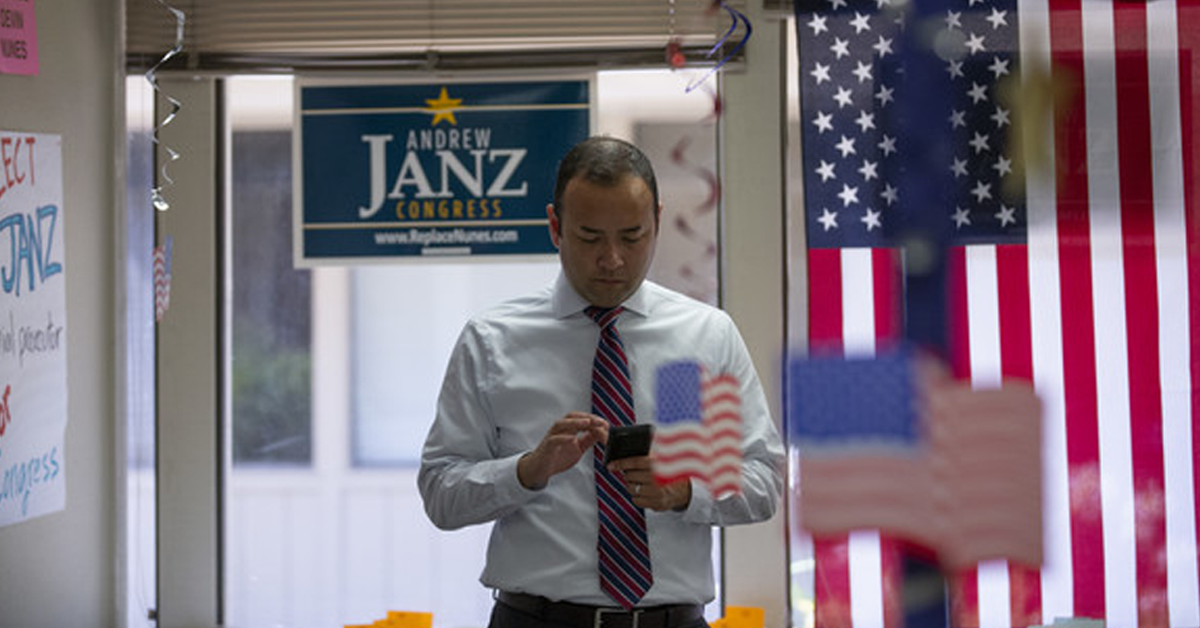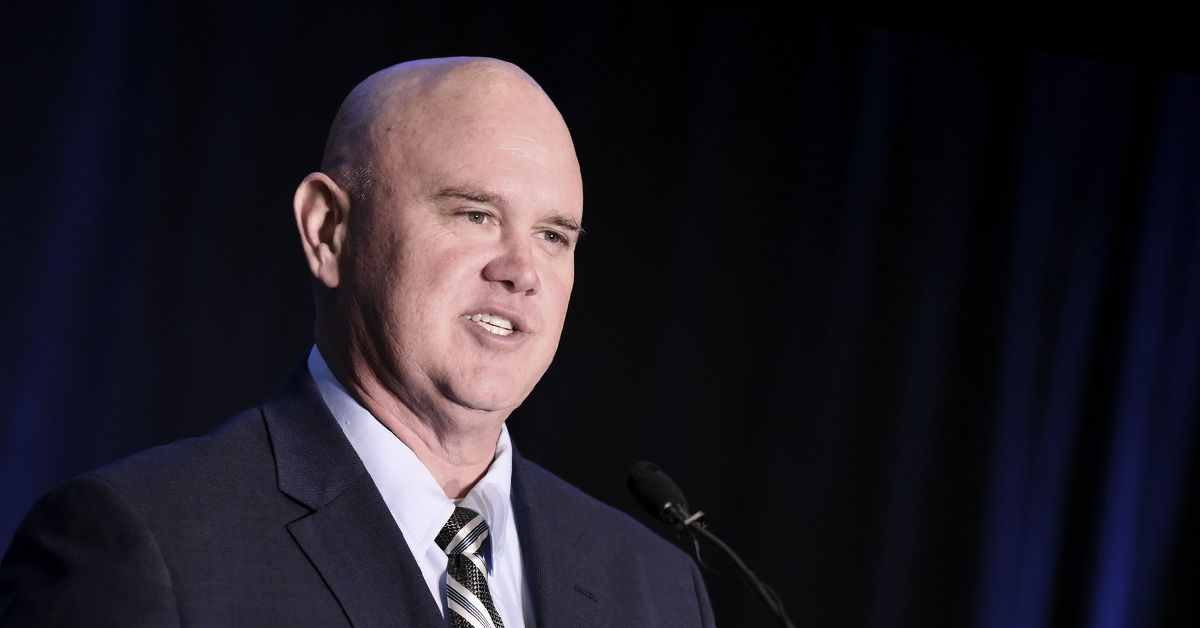Fresno’s Police Auditor authored his report for the second quarter of 2019.
One of John Gliatta’s case studies on the Fresno Police Department reaffirms the amount of sound judgment it takes to be a police officer.
On Oct. 18, 2018 at 1:09 a.m., the Police Department received a 9-1-1 call. The caller requested a psychological evaluation on her brother. She said her brother (hereafter referred to as the suspect) was armed with a firearm. She didn’t know what kind of firearm was in his possession – he owned so many.
“The sister added the suspect was willing to commit suicide by cop if the family called the police,” Gliatta wrote. “Because the suspect also named others he wanted to harm, the sister believed the FPD should be notified.”
After a brief but intense search, FPD located the suspect’s vehicle in the driveway of his mother’s residence. What happened next was a great deal of movement in a relatively confined space, with mortal danger always present for suspect, officers and innocent bystanders.
At one point, the mother had locked herself into her bedroom. “A short time later,” Gliatta writes, “a FPD officer was able to contact the mother directly by phone. At this time the mother said the suspect’s mood had changed and he was now upset.”
The suspect kicked in the mother’s bedroom door. The mother retreated to a bathroom and locked the door.
The suspect left his mother’s house. He moved toward a vehicle in a neighbor’s driveway. The suspect, after terminating a brief phone contact with FPD, headed back to his mother’s house. An officer in the neighbor’s driveway illuminated the suspect using the tactical light on his department issue rifle.
Gliatta writes: “The officer called out for the suspect to show his hands. The suspect then turned to face the officer and as he did so he dropped a dark object he was holding in his hands. The officer then realized the suspect had dropped a handgun. The officer yelled, ‘Drop it! Do not go for it!’ The suspected had picked up the gun and the officer fearing for his life and all the other officers on scene, to include the suspect’s mother if he was able to re-enter the residence, fired his weapon striking the suspect one time.”
Video from the officer’s body camera’s confirmed this recollection; the suspect was facing the officer when the officer fired his weapon.
Officers provided medical aid to the suspect. The suspect survived. A handgun was found near the suspect’s right shoulder. Gliatta notes that the suspect had refused all attempts by a crisis negotiator to surrender and receive medical/mental help.
Gliatta found that the officer’s use of deadly force was “within policy.”
Gliatta also notes that a letter was sent to Chief Jerry Dyer “by the suspect’s father, who resides in Australia. In summary, the father expressed his appreciation for the level of compassion displayed by the FPD officers when dealing with the suspect’s mother and sister following the shooting. The father also apologized for his son’s actions that placed the officer in a tragic and regrettable situation.”
Gliatta makes three observations and three recommendations based on this incident.
Observation No. 1: An officer had made direct contact with the mother in the house via telephone. It was in this manner that the mother informed the officer that the suspect had kicked in her bedroom door. This information was then relayed to the other officers on scene.
Gliatta writes: “The justification of deadly force was not based solely on the information given by the mother to the officer, however it did contribute to the overall threat level at the time of the OIS” (officer-involved shooting).
However, Gliatta writes, the phone call was not recorded.
Recommendation No. 1: Time permitting, Gliatta writes, “when an officer on scene initiates contact of a victim or individual who is providing crucial information which may be testimonial after the fact, efforts should be made to implement technology which would allow the call to be recorded This will allow the call to be memorialized in the event the facts relayed by the FPD are questioned after the OIS or critical incident.”
Observation No. 2: After the shooting, officers prepared to enter the house to make sure everyone was OK. Gliatta writes that the officer who had fired the shot that wounded the suspect was about to enter the house with the other officers. A sergeant told this officer, ‘You’re out of this one. Standby for now.” Gliatta writes: “Per the FPD procedure, steps are to be taken with the involved officer following an OIS to include providing a secure location to await for the arrival of OIS investigators.”
Recommendation No. 2: Gliatta writes that all supervisors should be reminded of the protocol following an OIS. “It is imperative once the threat has been stopped the officer(s) is to be isolated and his/her weapon secured for evidentiary purposes.”
Observation No. 3: In reviewing this OIS investigation, Gliatta writes, “language was used in a memo regarding a risk claim implied the FPD should extend a courtesy to the claimant in view of a favorable statement provided by the claimant…. Although it does not appear it was the intent, the language implies a favorable comment could have an impact on the response rendered by the FPD.”
Recommendation No. 3: Gliatta, in so many words, reminds the department that flattery has no place in official reports. He writes that “reports should not contain language which could be interpreted as extending favorable judgments or outcomes based on complimentary statements provided by the individual being interviewed. It appears this recommendation was immediately addressed when IA (Internal Affairs) was informed by OIR.”









